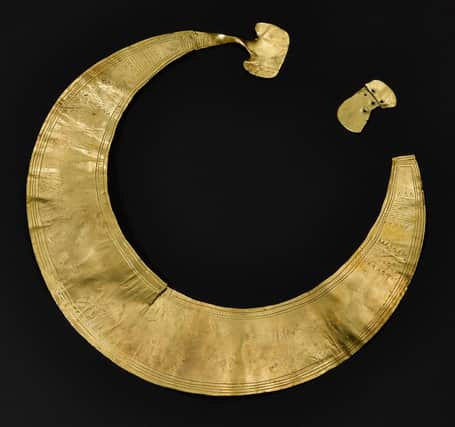Scotland’s Bronze Age people believed in leaving gifts to the gods, perhaps after battle or a good spell in a certain spot in the land. Burials too were often highly decorated as a show of status in a society rich with trade links and metal-working skills.
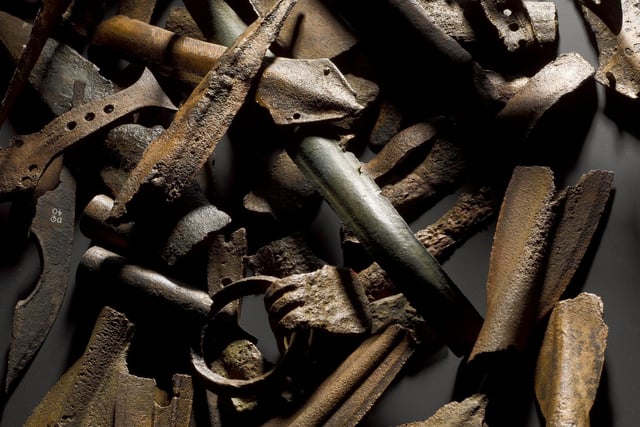
1. A dumped cache of weapons
This hoard of swords and spears were burnt and bent before being thrown in Duddingston Loch. Bronze Age warriors may have been deliberately sacrificing their weapons, perhaps as offerings to the gods. PIC: NMS. Photo: NMS
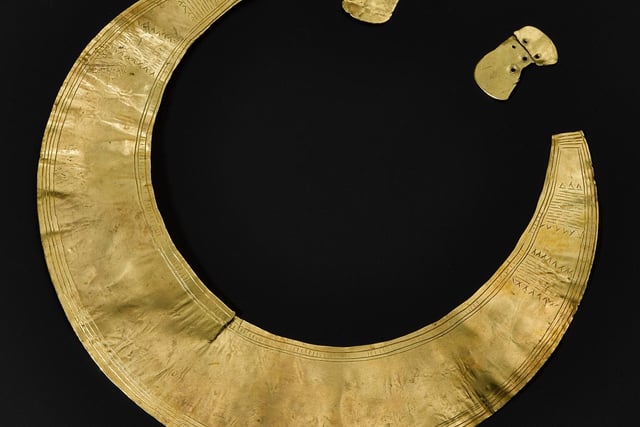
2. Very precious metal
This gold collar, or lanula, was a precious symbol of power and one of the earliest metal objects found in Scotland. Dating from between 2,300 BC to 1,900 BC, it was found at Orbliston in Moray. It was likely imported from Ireland or at least inspired by Irish design. PIC: NMS. Photo: NMS
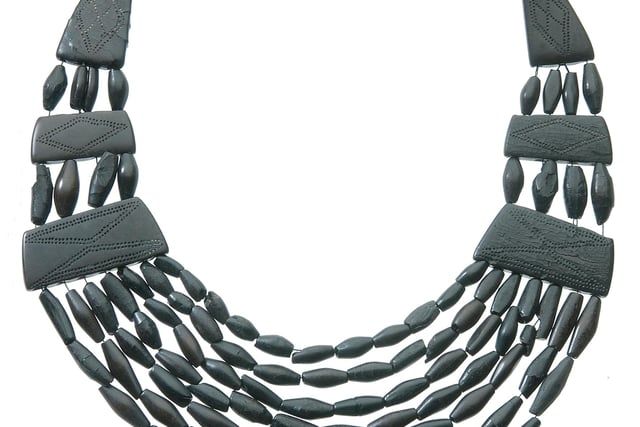
3. Bronze Age bling
This necklace was found in a burial near Kilmartin in Argyll. It was an expensive item for ostentatious display. Made from Whitby jet, it was imported from Yorkshire sometime between 2050 and 1800 BC. PIC: NMS. Photo: NMS
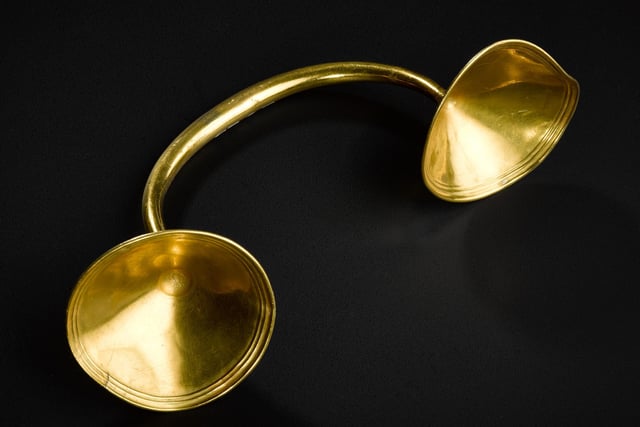
4. A dress fastener from the far north
This gold cup-ended ornament may have been used to fasten a dress or cloak. It was found at Heights of Brae, Easter Ross and dates from between 950BC to 750 BC. PIC: NMS Photo: NMS
